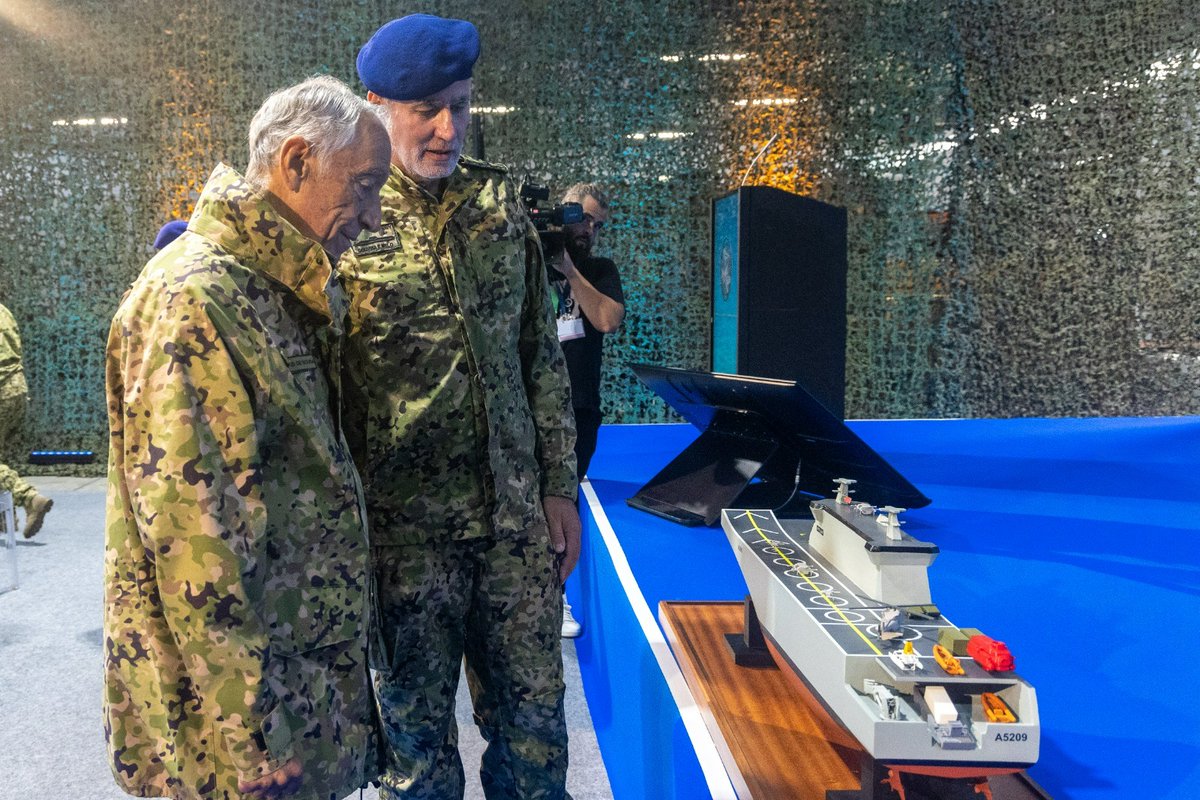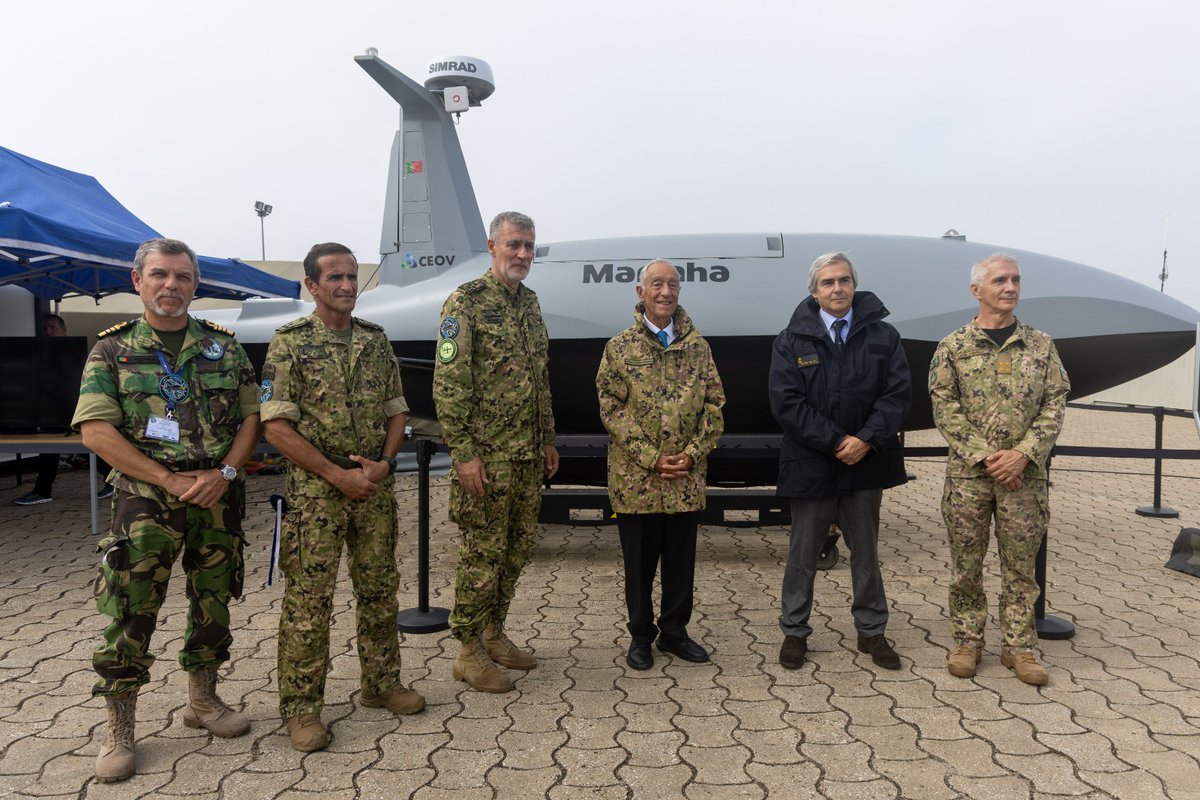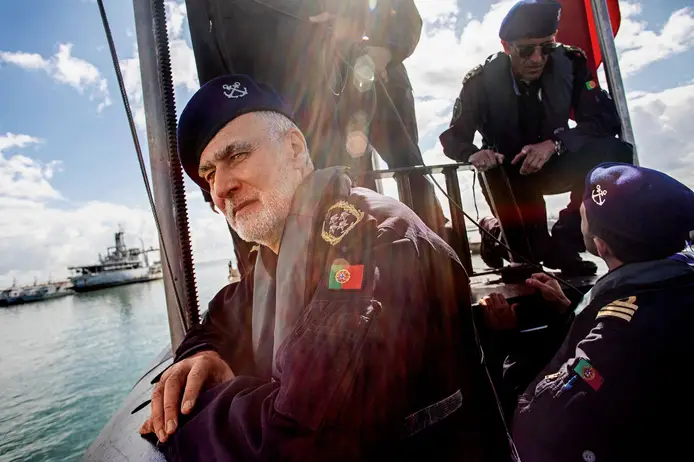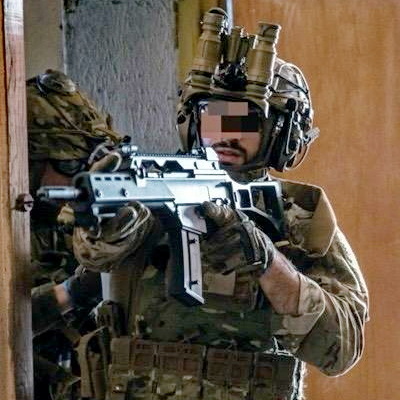Re: Marinha de Portugal
Enviado: Sex Set 20, 2024 8:08 am










"...É que uma cozinha num navio da Marinha portuguesa, seja em terra ou no mar, exige determinados requisitos para a confeção de alimentos que noutros países e tradições não são tão valorizados.
Na Marinha, à segunda-feira come-se bacalhau, contextualizou Barbosa Rodrigues.
Ora, no primeiro desenho que a Damen apresentou, a cozinha tinha apenas um micro-ondas e uma panela de cozer arroz. Restou alterar o desenho para incluir uma cuba com as dimensões consideradas necessárias para demolhar bacalhau para 100 pessoas...

Por vezes é usada e/ou deixa-se usar, mas para isso é que há a outra comunicação social a repor a verdade dos factos, certo?!P44 escreveu: Sex Out 04, 2024 4:07 pm Ou então isso foi uma notícia plantada por Belém
Ah não espera enganei-me. A comunicação social nunca mente


Arpão’s crew also had undergone a seven-month planning and preparation period, prior to sailing. “[The deployment] would oblige the crew to learn new procedures and courses of action with the aim of becoming accustomed to a new environment,” the navy said. ‘Brilliant Shield’ provided the opportunity to test and adjust these procedures and actions, plus the new capabilities, before heading into the ice, it added.“The physical presence of the ice shelf escalates the danger of collision with an ice keel, and strictly hinders the submarine’s choices when surfacing or going to periscope depth for communication or other purposes. Consequently, adjustments consisted of installing protective barriers on the top part of the sail to protect the masts from ice overhead when returning to periscope depth, and installing a high-frequency sonar for the purpose of detecting and mapping the ice ceiling.” Captain Baptista Pereira, the navy’s Submarine Force Commander.

As regards navigational safety, as the MIZ is the intersection between the open sea and the ice shelf it features a mix of free-floating, different types of ice blocks including icebergs.“The conditions would demand a change in operating procedures and techniques that are second nature to the crew, such as clearing baffles and returning to periscope depth.” Commander Taveira Pinto – Arpão’s Commanding Officer.
One of the most significant impacts of climate change on Arctic submarine operations is in the use of sonar. While a submarine’s attack team will seek to maximise the sonar’s search capacity under the ice, the water temperature and salinity density – plus the ice presence – complicate sonar optimisation. As regards temperature and salinity, the addition of fresh water from the melting ice has made salinity gradients and sound velocity profiles more unpredictable for sonar operators. The ice shelf itself causes sonar reverberations, and the noise created by moving ice also masks potential contacts.“Achieving optimal ballast conditions was … especially demanding in this specific environment, since the melting ice creates a relatively fresh and low-density surface layer, which could cause significant ballasting difficulties.” Cmdr T. Pinto.

In the latter instance, the boat spent four days under the ice, the navy added. Capt Pereira said deployments like Arpão’s were operationally significant in the region.“The first phase was devoted to substantiating every new procedure concerning ice sailing, and allowing the crew to become comfortable and proficient operating in a formerly unknown environment. The second phase was dedicated to exploiting an SSK’s capabilities tactically and operationally under the ice shelf.” Cmdr T. Pinto.
In a statement issued by NATO’s Allied Maritime Command (MARCOM) as the submarine returned home, then-Commander, Submarines NATO (COMSUBNATO) Rear Admiral Thomas Wall said “During this mission, Arpão was tasked with monitoring non-NATO military platforms, both surface ships and submarines, known to operate in this region.”“Due to the ice cover, this area can be considered a safe haven for nuclear-powered submarines … [hiding] from surface units or aircraft. However, the regular presence of the more silent SSKs would be a gamechanger in underwater warfare in the Arctic region.” Commander Taveira Pinto
https://www.navalnews.com/naval-news/20 ... rettyPhoto“We successfully achieved our objectives of surveillance and patrol in the North Atlantic, demonstrating the capabilities of this type of conventional submarine in Arctic conditions.” Cmdr T. Pinto
